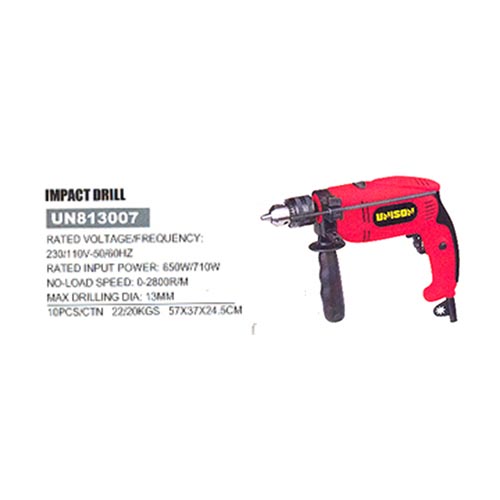

Overall, ERD approaches have become increasingly commonplace with the range of applications continually expanding over the decades, even ignoring the “unconventional” drillers. From BP’s Wytch Farm in the 1990s, which pioneered many of today's techniques and ultimately drilled out to 10,731 m, to ExxonMobil at Sakhalin, responsible for nine out of 10 of the longest step-out ERD wells today including the current 14,129-m (46,355-ft) record, projects have continually pushed out the horizontal departure. The definition has at least one virtue, however: it has proved flexible enough to accommodate the expanding boundaries of ERD.

Similarly, complex vertical wells may have sections at angles significantly over 30°-even if the eventual step-out is only a few hundred meters.Īt the same time, drilling in the unconventional industry undoubtedly meets the definition of ERD but may not necessarily pose the same technical challenges due to smaller hole sizes being easier to keep clean (in general). Some directional drilling, which falls short of the former’s definition, poses similar challenges. There is a spectrum between ERD and vertical drilling. No definition is perfect, however.įor a start, the step-out ratio is somewhat arbitrary. Most often it is described in terms of the position of the well, with ERD wells having a horizontal displacement (the step-out) twice the true vertical depth (TVD). Both must work in unison.ĭefinitions of extended reach drilling vary. When it comes to ERD, people can be the limiting factor.

Technology such as rotary steerable systems, high-torque drill pipe connections and rotational, friction reduction tools have enabled this but cannot alone ensure success. Extended reach drilling (ERD) has evolved rapidly in recent decades to reach reserves further and faster.


 0 kommentar(er)
0 kommentar(er)
